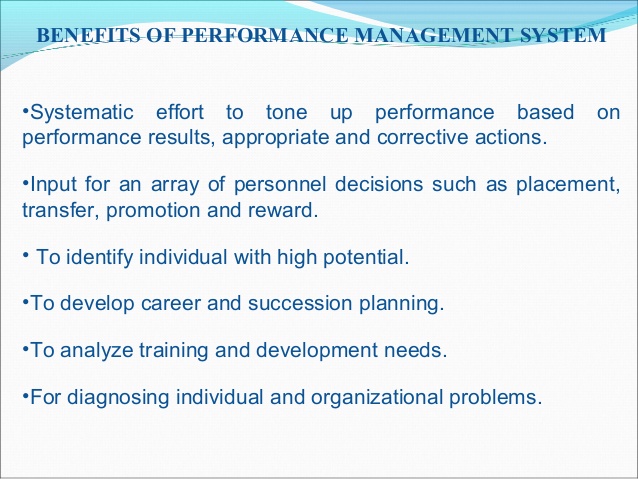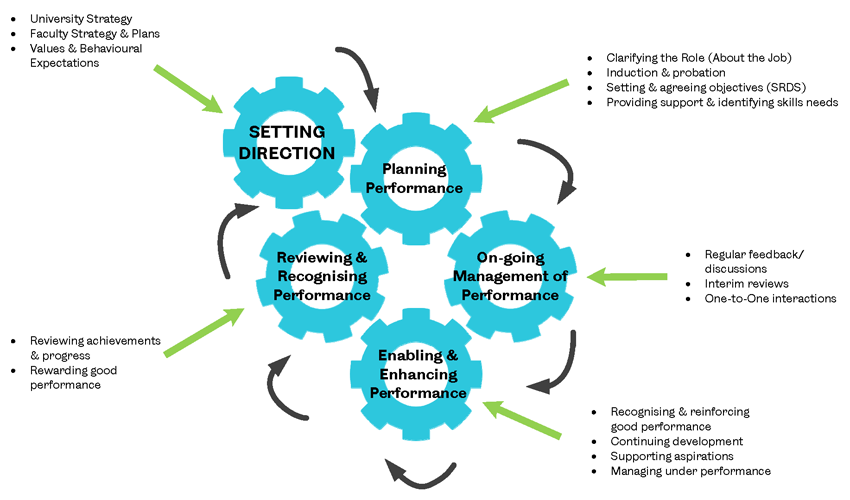As we saw in our previous Newsletter 25, Organizational Performance Management must be closely linked with People Management. They both can reap huge benefits when correctly implemented for both the Organization and its people, but can be detrimental to both if wrongly designed and implemented.
Managing the performance of people should not be based on a “dry” job description. It should be based on
- personal (and team) targets of Key Performance Indicators (KPIs) derived from managing the (sub-) processes executed by each person (or team of persons);
- the actual personal development results of each and every person against the targets of his/her personal development plan (PDP) which is formulated jointly by the performance appraiser and the appraise; and
- the willingness and capability of each person to implement his competences and competencies not only in executing his/her duties but also in innovating.A significant outcome of the PM is that the appraisal process identifies the best potentials, the talents, in the organization and it differentiates them from the rest of the population, so that they are given the chance and tolls to further develop themselves and innovate –be it in a Kaizen constant slow improvement method and/or in re-engineering and/or in conceiving new products, services or processes.
Of course, top performers and high potentials can be identified only when the results of the performance management targets are properly calibrated.
The Personnel Department (PD) is, as it should be, the owner of the People Performance Management System (PPMS). However, the implementation of this system must be part and parcel of line management –it should another tool in good day-to-day management. The PD develops the system, receives regular feedback and works with Line Management in setting SMART targets striving not only for operational and strategic success but also for building a better organization.
In building and running an efficient PPMS, the PD assists the Executive and the Line Management in building a common Stage Four corporate culture based on corporate values. In such culture, managers and people are smart and act smartly-they adjust their behaviour quickly.
PD benefits from data collected in a standardized way.

Managers evaluate employees against targets and values. Line Managers assisted by PD can identify gaps in personal and organizational competences and competencies. The PD can then plan and organize the development of programs aiming at bridging the gaps; it can also identify employees suitable for the leadership development program.
An effective PPMS helps decrease personnel expenses. Bonuses are paid to top performers and they are then real value-for-money. The motivation of people increases, the fluctuation decreases and labour productivity is optimized.
The PPMS must be continuously calibrated and PD should consult and recommend SMART targets to Line Management and Finance.
As we have seen in several previous Newsletters, the organization needs to navigate all its people in the same direction, so that everyone adopts the common corporate values, a common vision and common strategic objectives.

The PPMS with its target setting process is an excellent tool for achieving alignment and adoption.
The PPMS improves internal communication. Since top management has the same goals as all people, they can communicate culture, plans, progress and vision during the year.
The PPMS has a positive impact on people engagement. The visible and direct connection of personal, team and departmental targets to the corporate ones improves motivation and engagement. People love to understand their KPIs and targets.
Through the PPMS, people receive a formalized feedback. The form of the feedback is standardized and everyone has a chance to hear about where he/she excels or lacks, as well as about their career opportunities. People can express interest in moving to a different post depending on their competences, competencies, cultural and team fit and willingness/capability to put them in good use. Everything is recorded. PD has solid, undisputable information for placement and promotion purposes.
However, not everything about performance management is rosy. There exist risks and downsides to the Performance Management Processes, when they are not focused, effective and efficient.
The risks of Performance Management will be the subject of our next Newsletter.
18.3.2016


